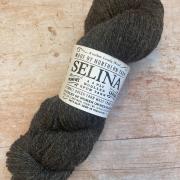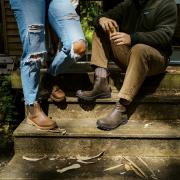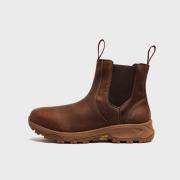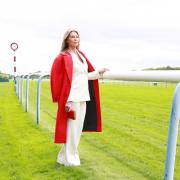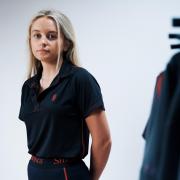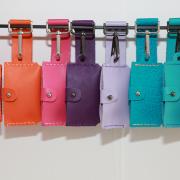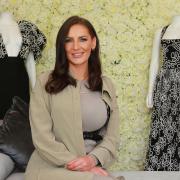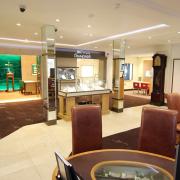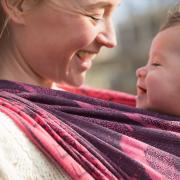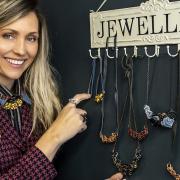They were worn by the future Queen of England and now dresses produced in Preston are set for a major London exhibition. Barbara Waite reports
Nothing says summer more than the little printed dress. When the sun shines there’s a nostalgic affection for vintage florals, which this year have been taken up by top-end designers as well as the High Street chains.
The retro look of waisted dresses with full skirts harks back to a time when leading manufacturer Horrockses - the Preston-based cotton mill - was in full swing in the 1940s and 50s.
The factory had been producing cottons since 1791 and the launch of Horrockses Fashions was a way of ensuring a stable demand for its product. But the decision to produce high-class clothes for the ready-to-wear market was a masterstroke.
Although produced in large numbers, their clothes had a distinctive look and the firm cultivated an air of exclusivity with the emphasis on good quality fabrics, custom-designed patterns with more than a nod to haute couture.
Ready-to-wear it might have been, but at �4 a time one of their cottonday dresses was a week’s wages. They were often bought to wear on honeymoon, which may explain why so many of them still survive.
The Harris Museum in Preston has a fine collection and it was while she was working with fashion students at the University of Central Lancashire that Christine Boydell unearthed some of the stunning dresses and curated the exhibition there.
This has led to a glossy book, called Horrockses Fashions, and a new exhibition at London’s Fashion & Textile Museum opening this month and running to October.
Christine, who was born in Oldham and worked for 11 years in Preston before becoming principal lecturer in design history at De Montfort University in Leicester, has amassed personal stories and fashion photos to tell the story of the innovative mill.
‘The company was very clever at branding and managed to give the veneer of exclusivity with clever cutting techniques which meant that the same dress could be transformed to give a different look with subtle variations,’ said Christine.
One of the first fabric designers associated with the mill was Marny Tittle, now Shorrocks, who lives in Arnside. She joined the industry straight from school and supplemented her education by going to night school at the Harris Institute in Preston and her City and Guilds in weaving cotton cloth meant she understood the technical aspects of production and finishing.
One of her tasks was to prepare the design sketch for printing, working on the scale, pattern repeat and working out the colourways. She remembers travelling to Paris with the design team in 1946 on a trip to buy up new designs.
Christine added: ‘Today’s designers use celebrities to endorse their brand, but it’s nothing new. Horrockses Fashions were doing that 60 years ago. Even the Queen wore off-the-peg Horrockses dresses when, as Princess Elizabeth, she toured the Commonwealth.’
No wonder women felt they were the bee’s knees when they could wear the same outfit as the Queen.
Do you have a photo of Horrockses clothing? If so, click on the red button below to upload it



